Millions of people suffer from nasal airway obstruction. Often when breathing is being evaluated, the ENT specialist will assess the area of the nose called the nasal valve. This area of the nose is what most people call the nostrils and is often the narrowest part of the nose. This area may be very narrow or may collapse when breathing occurs. Some people notice it’s worse when they’re exercising or sleeping. There may be an internal component or an external component preventing breathing. There may be a dynamic collapse or inherent narrowing of this area. It’s best to have it evaluated by a qualified nasal surgeon or ENT specialist.
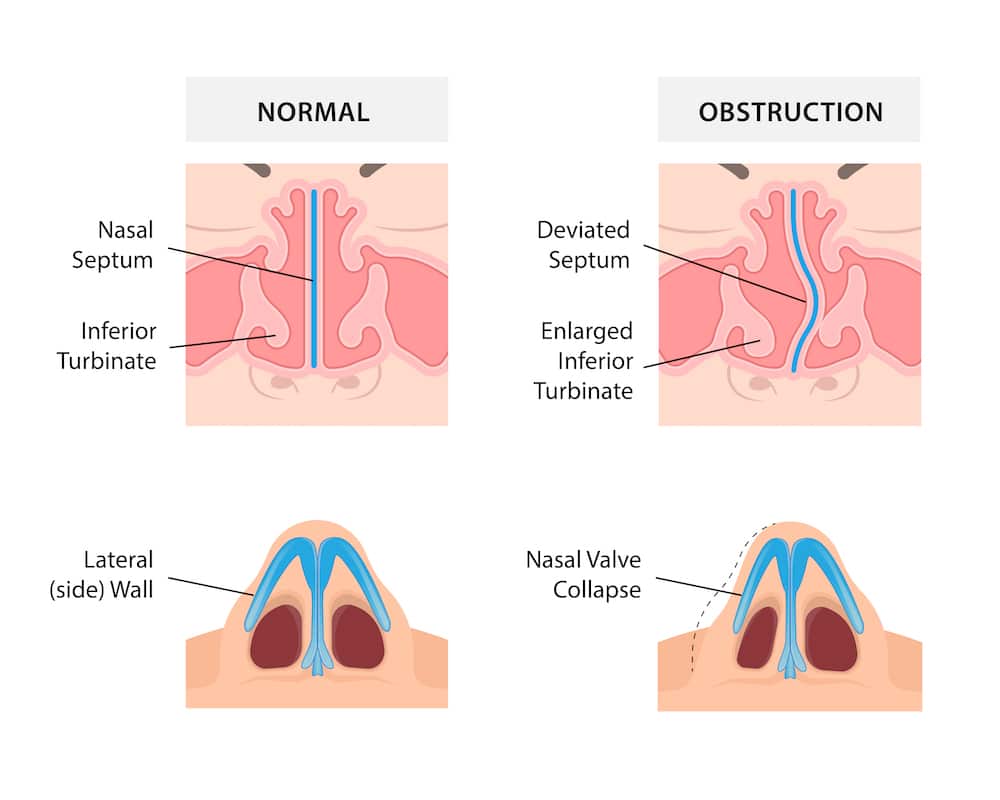
What are the Symptoms of Nasal Airway Obstruction?
There are many common symptoms of nasal airway obstruction. These include:
- Nasal congestion or stuffiness
- Nasal blockage or nasal obstruction
- Trouble breathing through your nose
- Trouble sleeping and mouth breathing at night
- Inability to get air through your nose during exercise or exertion
Additionally, it can be helpful to answer these questions:
- Do your nostrils collapse when you breathe heavily or exercise?
- Do you use breathing strips to help compensate?
- Does your breathing improve when you pull on your cheek to hold your nostril open?
If any of these symptoms seem familiar, you may have an airway obstruction that can be treated by an ENT specialist.
What are the Causes of Nasal Obstruction?
Nasal airway obstruction may result from a combination of factors, often involving instruction issues or inflammation. Common causes include:
- Deviated septum
- Nasal polyps
- Nasal valve collapse
- Enlarged turbinates
- Chronic sinusitis
- Nasal congestion from infections
- Trauma to the nose
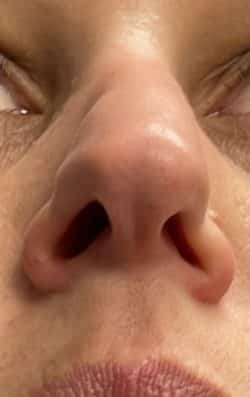
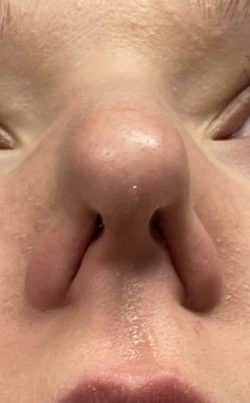

Nasal Valve Repair and Other Treatment Options
Multiple procedures can be done to improve nasal breathing. Typically, a nasal valve repair is not done alone but rather alongside other procedures like septoplasty, rhinoplasty, turbinoplasty, and sinus surgery.
Septoplasty
The nasal septum is the wall that separates the left and right sides of your nose. The nasal septum can be deviated and cause narrowing of the nasal passageways. This can lead to symptoms like difficulty breathing, congestion, snoring, and sinus problems. Surgical treatment to correct this is done under anesthesia. Incisions are made to access the crooked cartilage or bone, which is either removed or repaired. A few days of recovery are needed, and you may deal with some mild discomfort and congestion.
Turbinoplasty
The inferior turbinate are structures that line your nasal passages and naturally humidify the air you breathe. However, they can cause symptoms of obstruction and congestion. This is sometimes addressed with a procedure to reduce their size for symptom improvement. The procedure is called a submucous turbinoplasty. It uses a minimally invasive device that shrinks the tissues and makes more room in the breathing passages. This procedure can be done in the office or in the operating room in conjunction with other nasal procedures.
Nasal Valve Repair
The nasal valve is the nostril area of the nose that may be either narrowed or collapsed when breathing. There are multiple technical ways to repair this area but in general include placement of cartilage grafts from your septum to open the area, release of scar tissue, or even the use of low-profile implants (Latera). It’s usually done in the operating room in conjunction with other nasal procedures, but sometimes, it can be done in the office. Depending on your specific case, your facial procedure may vary. However, a nasal valve repair commonly begins with anesthesia and is performed in under 30 minutes.
Rhinoplasty
Rhinoplasty typically involves a procedure that reshapes the external nose. Multiple structures affect the shape of your nose, including the nasal bones, the upper and lower cartilages, and the septum. Many people choose rhinoplasty to correct a deformity or improve the shape of the nose so that it’s better balanced with the face. Rhinoplasty can be done in conjunction with the above airway procedures, and it’s often advantageous to do them together.
Our rhinoplasty surgeon will sit down with you and do computerized simulations of how rhinoplasty can reshape your nose. We use advanced software that allows you to visualize your results before proceeding with surgery.
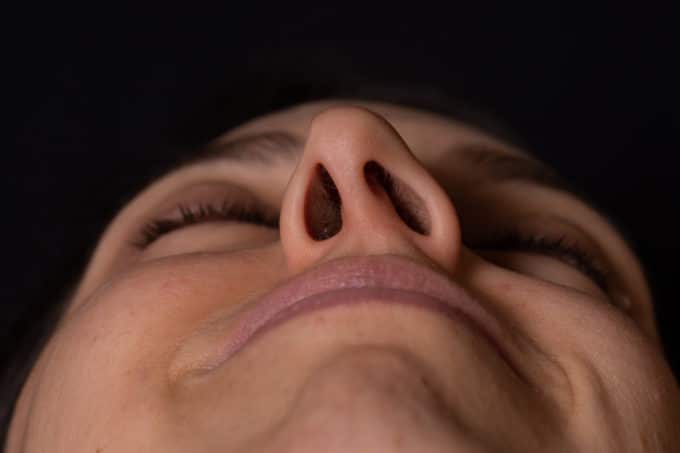
Nasal Valve Repair Recovery
For this procedure, you should expect to go home on the same day unless you had a more extensive procedure. You may experience some swelling or bruising, but these should subside within a week. Patients commonly return to regular activities within one week.
There may be some limitations on your activity after surgery. Most people need to take 3-5 days of rest and easy activity before resuming work or other easy activities. Strenuous exercise or heavy lifting is not recommended for two weeks. Sometimes, more extensive surgery, such as rhinoplasty or a fracture repair, might require 7-10 days of rest. Contact sports may need to be avoided for up to six weeks. Ask your surgeon for the specific limitations that may be required for your surgery.
Schedule an Appointment in Denver, Lone Tree & Castle Rock
To learn more about your options for nasal valve repair, it’s important to meet with an ENT specialist or facial plastic surgeon who has extensive training in head and neck surgery. Reach out by calling us at 720-897-7160 or filling out our online form.
